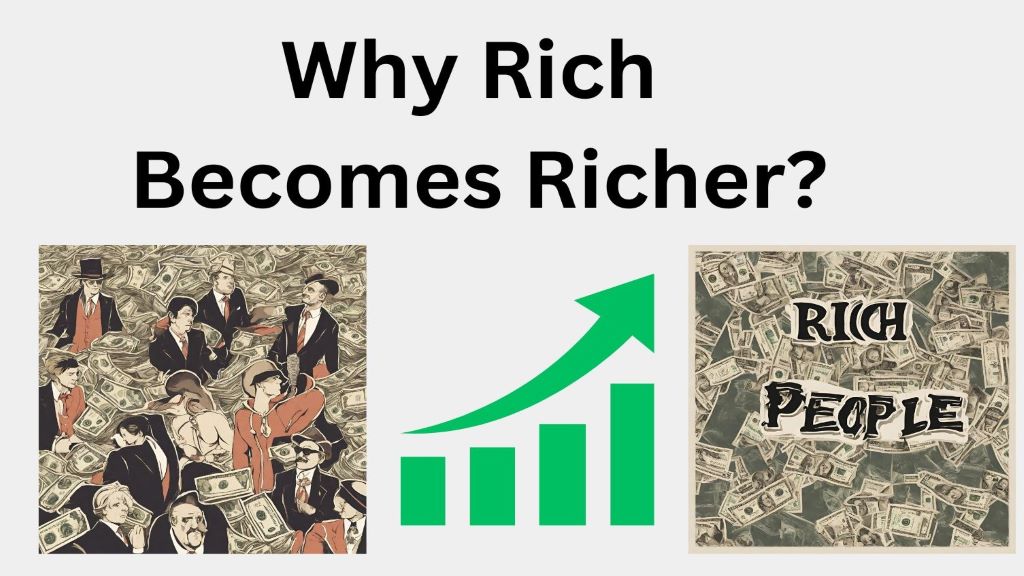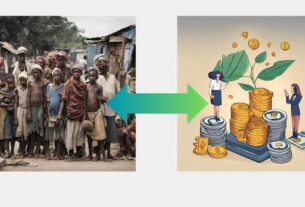India, a land of stark contrasts and boundless potential, is home to a diverse array of people striving for a better life. However, the reality remains that many individuals and families in India continue to grapple with poverty and economic hardship, with limited prospects for upward mobility. In this article, we delve into the complex factors that impede the journey of the poor towards prosperity and explore why wealth accumulation remains elusive for many in the country.

1. Structural Inequities and Limited Opportunities
At the heart of the issue lies structural inequities and systemic barriers that hinder the economic advancement of the poor in India. Factors such as unequal access to education, healthcare, and employment opportunities perpetuate cycles of poverty across generations. Marginalized communities, including Dalits, Adivasis, and other socially disadvantaged groups, face discrimination and exclusion, further exacerbating their economic vulnerability. Without access to quality education and skill development programs, the poor are often relegated to low-paying and precarious jobs, trapping them in a cycle of poverty.
2. Informal Economy and Lack of Financial Inclusion
A significant portion of India’s population is engaged in the informal economy, characterized by irregular employment, low wages, and lack of social security protections. Many poor individuals work in sectors such as agriculture, construction, and domestic labor, where exploitation and wage theft are common occurrences. Moreover, the lack of access to formal financial services, including banking and credit facilities, limits the ability of the poor to save, invest, and accumulate wealth. Without adequate financial inclusion measures, the path to economic empowerment remains elusive for millions of marginalized individuals.
Read How Lower Class people can become Rich in India?
3. Inadequate Social Safety Nets and Welfare Measures
India’s social safety nets and welfare measures, while well-intentioned, often fall short of addressing the multifaceted needs of the poor. Programs such as the Public Distribution System (PDS), Mahatma Gandhi National Rural Employment Guarantee Act (MGNREGA), and targeted poverty alleviation schemes provide essential support to vulnerable populations but suffer from implementation challenges, leakages, and corruption. Additionally, the benefits of these programs may not reach those who need them the most, leaving many impoverished communities without adequate support to break free from the cycle of poverty.
4. Persistent Inequality and Discrimination
Caste-based discrimination, gender disparities, and social exclusion continue to undermine efforts to uplift the poor in India. The caste system, deeply entrenched in Indian society, perpetuates inequality by limiting opportunities for upward mobility among marginalized communities. Similarly, gender-based discrimination deprives women and girls of access to education, employment, and property rights, exacerbating their vulnerability to poverty. Addressing these deep-rooted social injustices is essential for creating an environment where all individuals have an equal opportunity to thrive and prosper.
5. Lack of Access to Quality Education and Healthcare
Education and healthcare are fundamental drivers of social and economic development, yet many poor individuals in India lack access to these essential services. Poor-quality public schools and inadequate healthcare infrastructure in rural and urban slum areas perpetuate disparities in educational attainment and health outcomes. Without access to quality education, individuals are unable to acquire the skills and knowledge needed to secure stable employment and break free from poverty. Similarly, inadequate healthcare services contribute to the perpetuation of poverty by limiting productivity, increasing healthcare costs, and exacerbating vulnerability to illness and disease.
6. Limited Opportunities for Economic Empowerment
Entrepreneurship and small-scale enterprises have the potential to empower the poor and drive economic growth, yet many barriers hinder their development in India. Limited access to credit, bureaucratic red tape, and lack of supportive infrastructure impede the ability of aspiring entrepreneurs to start and sustain businesses. Additionally, inadequate market linkages and competition from larger enterprises further marginalize small-scale producers and artisans, limiting their ability to generate income and accumulate wealth.
Conclusion
The plight of the poor in India is a sobering reminder of the persistent challenges of poverty and inequality facing the nation. Addressing the root causes of poverty requires a multi-faceted approach that addresses structural inequities, promotes inclusive growth, and ensures equitable access to education, healthcare, and economic opportunities for all. By investing in human capital development, strengthening social safety nets, and fostering an enabling environment for entrepreneurship and economic empowerment, India can work towards creating a more equitable and prosperous society where every individual has the opportunity to realize their full potential.




